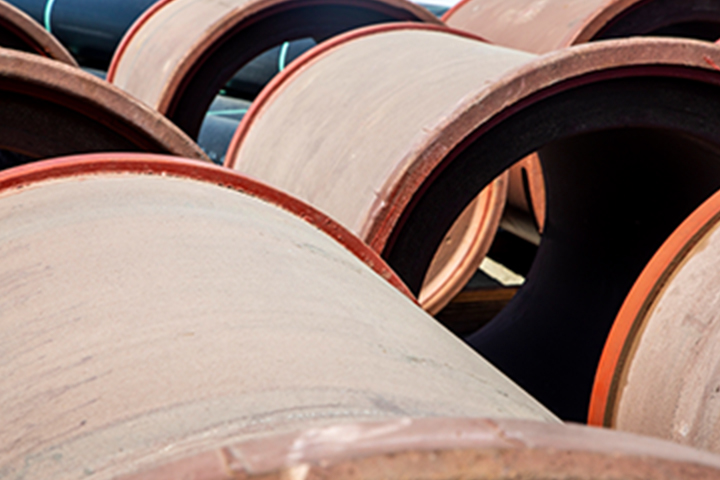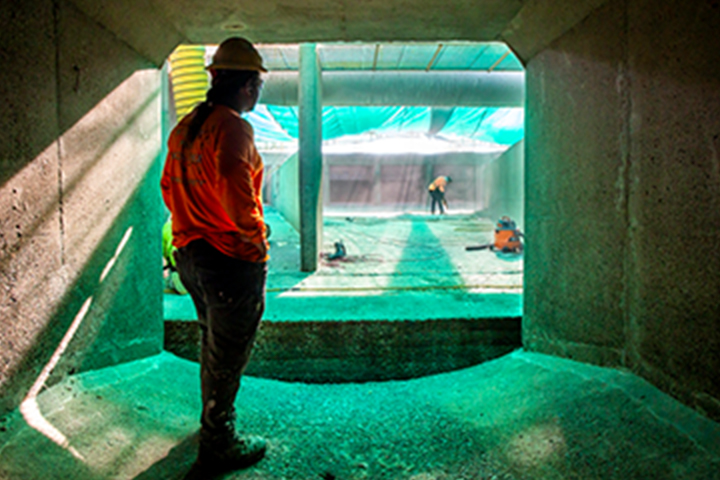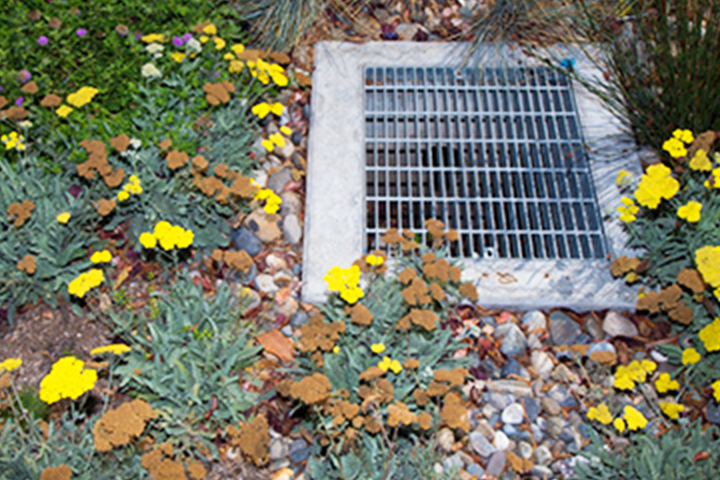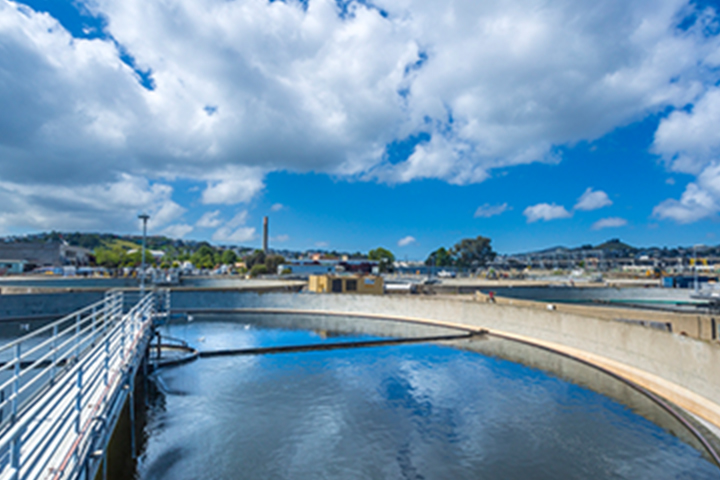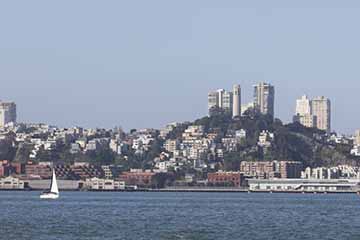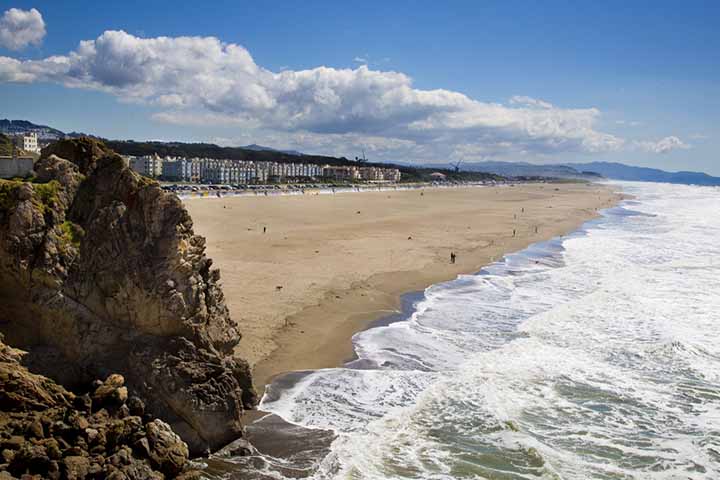Every time you flush the toilet, take a shower, brush your teeth, do your laundry, or wash the dishes, the resulting wastewater is collected and treated by the City's sewer system. Learn how San Francisco collects and treats sewage from homes and businesses, stormwater (rainwater), and street runoff into the drains.
San Francisco is the only coastal city in California with a combined sewer system that collects and treats both wastewater and stormwater in the same network of pipes. Learn more about our combined sewer system.
San Francisco's combined sewer system includes a network of pipes, treatment plants, catch basins, storm drains, and storage/transport boxes. Learn how all these parts work together in our combined sewer system.
We separate liquids from solids in several phases during our processing, and we treat each separately. Learn more about the different wastewater treatment processes for liquids.
We separate liquids from solids in several phases during our processing, and we treat each separately. Learn more about our different wastewater treatment processes for solids--from sludge into biosolids, a recycled product that can be used as a fertilizer replacement.
We operate two of the 37 wastewater treatment plants across the region that discharge into San Francisco Bay. Our plants operate under federal and state permits. As climate change alters conditions in the bay, we are actively participating in a coalition of wastewater utilities, regulators, and scientists studying the bay and assessing the level to which nutrients, including nitrogen, should be reduced to protect the health of the bay.
Up and down California, when it rains, urban storm runoff picks up trash and contaminants as it flows untreated into the Pacific Ocean, San Francisco Bay, and other bodies of water. San Francisco, however, doesn’t do that.


